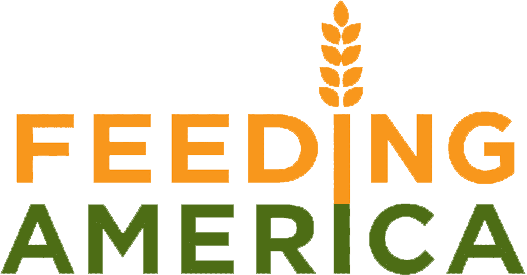

Three Westmont College students have presented their research about the availability and quality of food in the West Side of Santa Barbara to more than two dozen community members of the Westside Impact Group and Foodbank of Santa Barbara County.
Kaitlynn Durham, Hailey Harper and Carly Richardson — students in Food Systems and Global Health, a course taught by Director of Global Education Cynthia Toms — visited pantry distribution sites and areas where community members congregated.
The findings, the second of a two-year study, were the culmination of a community-based research project between Toms’ Food Systems class and the Foodbank.
Last year, three Westmont students participated in a similar community research project examining food access within the West Side and comparing grocery stores.
“We recognize that the students’ research is just a starting point for community collaboration,” Toms says. “We hope future Westmont students will conduct further research to help local organizations better address food and resource access on the West Side.”
The findings confirmed that the area does not qualify as a food desert according to the standards of the U.S. Food and Drug Administration.
Participants receiving free food distribution were satisfied with food availability and quality, but many would like to see more fresh fruits and vegetables as well as other health and nutritional education in the local community.
“When we asked what types of food people didn’t want or need, everyone started by expressing gratitude and were hesitant to say anything negative,” Richardson said. “We noticed a trend of people saying that if they didn’t need something or couldn’t eat it due to dietary restrictions, they gave it to someone else, a neighbor or a friend. It seemed the food was being consumed.”
Along with interviewing participants, the students gathered data from 21 community organizations in Santa Barbara, 11 of them completing surveys.
“After looking at the data, we found the West Side does not offer food delivery programs for seniors nor are there many childcare opportunities for younger parents,” Harper says. “One suggestion was to hold food distribution on school campuses, especially for parents. Getting to a food distribution site and having to take care of kids can be complicated.”
“We want to encourage a focus on fresh produce,” Durham says. “People relying on distributions as a main source of food have a higher risk of hypertension and diabetes.”
Of families who use food pantries nationwide 58 percent include someone with hypertension, and more than 30 percent have a member with diabetes, according to Feeding America.
Because canned foods are more typically high sodium, fresh fruit and vegetables are a healthier alternative
“We encourage the possibility of getting involved with local restaurants or grocery stores to give their excess food,” Durham said. “I know there may be legal issues with that, but there are ways to make it possible.”
In fact, City Harvest in New York collects 55 million pounds of excess food each year from restaurants, grocers and farms, delivering it to 500 community food programs across New York City (source: mealdeliveryexperts.com).
Following this research, the Foodbank and the Westside Impact Group have decided to host a town hall meeting in January 2016 to share results and seek input on possible next steps toward food security for the most vulnerable in the West Side community.



